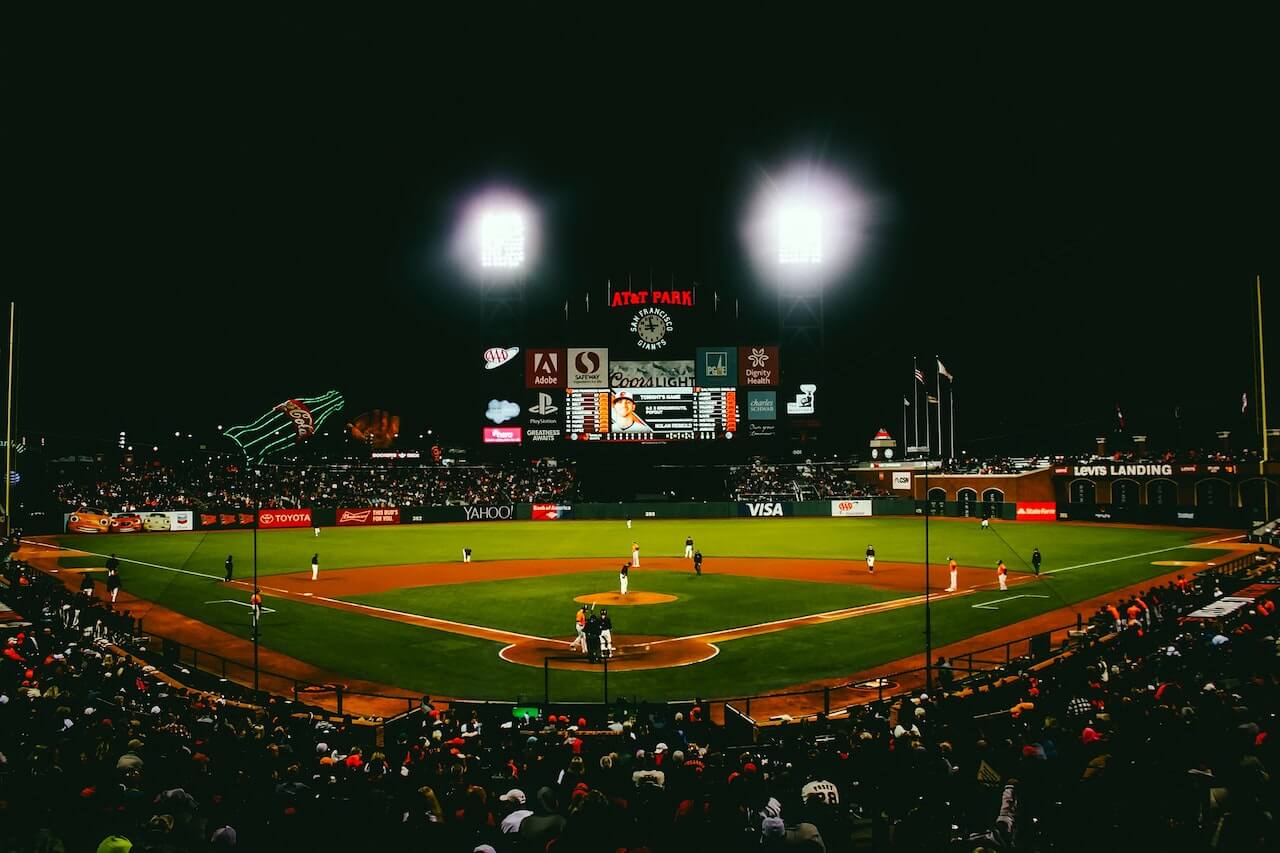Baseball is one of the most popular sports in the United States, and it has been played for over a century. It is a game that requires skill, strategy, and patience. One of the questions that many people ask is how long do baseball games last? The answer is not straightforward, as there are many factors that can influence the length of a game.
The length of a baseball game can depend on various factors, including the number of innings, the number of pitches, and the pace of play. Typically, a baseball game lasts around three hours, but it can be shorter or longer depending on these factors. In some cases, a game can last only two hours, while in others, it can go on for more than four hours.
While the length of a baseball game can vary, it is important to note that the pace of play has become a concern for the sport in recent years. To address this issue, Major League Baseball has implemented various rules to speed up the game, such as limiting the time between innings and reducing the number of mound visits. These changes have helped to shorten the length of games, but they have also been met with some resistance from fans and players.
Regulation Game Length
Baseball has a reputation for being a leisurely game, but it’s important to note that there are strict rules governing the length of a regulation game. According to Major League Baseball (MLB) rules, a game is considered official if it has completed at least nine innings (or eight and a half innings if the home team is winning) and has lasted for at least 4.5 innings (or 5 innings if the home team is winning).
On average, a regulation game lasts around three hours, but this can vary depending on a number of factors, including the number of runs scored, the number of pitching changes, and the pace of play. In recent years, MLB has made efforts to speed up the game, such as implementing a pitch clock and limiting the number of mound visits per game.
It’s worth noting that some games can go much longer than the average. Extra innings, or innings played beyond the ninth, can add significant time to a game. The longest game in MLB history, for example, lasted 8 hours and 6 minutes over 25 innings.
Factors Affecting Game Length
Baseball games can last anywhere from under two hours to over four hours, depending on various factors. Some of the factors affecting game length include:
- Pitching: The number of pitchers used in a game can greatly affect its length. When teams use more pitchers, there are more pitching changes, which can slow down the game. In contrast, when teams use fewer pitchers, the game can move more quickly.
- Batting: The number of batters in a game can also impact its length. When batters are patient and take a lot of pitches, the game can slow down. Conversely, when batters swing at the first pitch or are aggressive, the game can move more quickly.
- Offense: High-scoring games tend to be longer than low-scoring games. This is because there are more runs scored, which means more time spent on base and more pitching changes.
- Defense: The quality of defense can also impact game length. When teams make a lot of errors or have long innings in the field, the game can slow down. In contrast, when teams make quick, efficient outs, the game can move more quickly.
- Umpiring: The quality of umpiring can also impact game length. When umpires have a wide strike zone, batters are more likely to take pitches, which can slow down the game. Conversely, when umpires have a narrow strike zone, batters are more likely to swing, which can speed up the game.
Overall, there are many factors that can impact the length of a baseball game. While some of these factors are within the control of the players and coaches, others are not. By understanding the factors that can affect game length, fans can better appreciate the nuances of the sport and enjoy the game, regardless of how long it lasts.
Historical Trends
Over the years, the length of baseball games has fluctuated based on various factors. In the early days of baseball, games were typically shorter, lasting around two hours. However, as the sport grew in popularity and rules evolved, game times increased.
By the 1960s, the average game time had increased to around 2 hours and 30 minutes. In the 1980s and 1990s, game times continued to climb, with some games lasting over three hours.
One major factor contributing to longer game times is the increased use of relief pitchers. In the past, starting pitchers would often pitch a complete game, but now it is more common for teams to use multiple pitchers throughout the game. This can lead to longer breaks between innings and more time spent warming up pitchers.
Another factor is the increased emphasis on offense. With more home runs and longer at-bats, games can take longer to complete. Additionally, the use of instant replay and other technology has added time to games as umpires review calls.
Despite these trends, there have been efforts to shorten game times. In recent years, Major League Baseball has implemented various rule changes to speed up the pace of play, such as limiting the number of mound visits and shortening the time between innings.
Overall, while game times have increased over the years, there have also been efforts to shorten them. As the sport continues to evolve, it will be interesting to see how game times are affected.
Strategies to Shorten Games
Baseball games can be quite long, and while some fans enjoy the leisurely pace, others find it tedious. To address this issue, various strategies have been proposed to shorten games without fundamentally altering the game itself. Here are some of the most popular:
- Pitch Clock: A pitch clock gives pitchers a set amount of time to deliver the ball to the plate. This strategy has been successfully implemented in the minor leagues and could potentially be adopted in the majors.
- Limiting mound visits: Teams are currently allowed six mound visits per game. By reducing this number, games could be shortened.
- Reducing commercial breaks: Commercial breaks between innings can last up to three minutes. By reducing the length of these breaks, games could be shortened considerably.
- Shortening warm-up pitches: Pitchers are currently allowed eight warm-up pitches between innings. By reducing this number, games could be shortened.
- Instant replay: While instant replay has been a valuable addition to the game, it can also cause significant delays. By streamlining the replay process, games could be shortened.
While some of these strategies have been implemented in the minor leagues, it remains to be seen whether they will be adopted in the majors. However, it is clear that there are ways to shorten games without fundamentally altering the game itself.
Conclusion
Baseball games can last anywhere from under two hours to over four hours, with the average game lasting around three hours. The length of a game can be influenced by a variety of factors, including the teams playing, the skill level of the pitchers, and the number of runs scored.
While some fans enjoy the longer games and the extra innings that can result, others may find the length of the games to be a drawback. However, it is important to remember that the length of a game is just one aspect of the overall experience of attending a baseball game.
Ultimately, the length of a baseball game can vary greatly depending on a number of factors, and there is no one-size-fits-all answer to the question of how long a game will last. However, for those who enjoy the sport and the atmosphere of a live game, the length of the game is just one part of the overall experience, and should not detract from the enjoyment of the sport.







